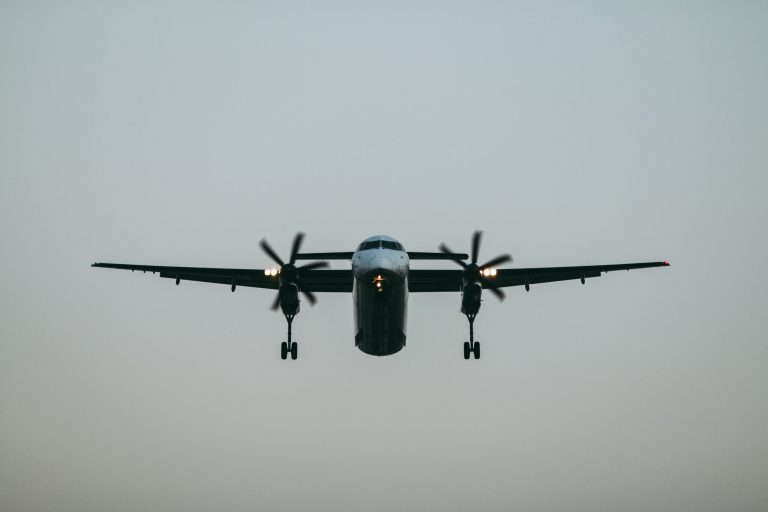CATL, the world’s biggest electric vehicle (EV) battery manufacturer, has achieved a groundbreaking milestone by successfully testing a battery that powers a four-ton electric aircraft.
This advancement marks a significant step forward in the development of commercial electric planes, which could play a crucial role in reducing aviation’s impact on global warming.
CATL’s new battery technology
CATL’s new Condensed Battery has achieved an impressive energy density of up to 500 watt-hours per kilogram per cell, doubling the average energy density of current EV batteries.
This remarkable leap is essential for the viability of electric aircraft, providing the necessary power without adding excessive weight.
The recent successful test flight of a four-ton electric aircraft powered by this new battery underscores a major breakthrough in electric aviation technology.
The increased energy density is a game-changer for the industry, enabling more efficient and powerful electric flight.
Commercial electric aircraft on the horizon
CATL has set ambitious goals for expanding this technology. By 2028, the company aims to introduce an eight-ton electric aircraft with a range of approximately 1,200 to 1,800 miles.
This range would enable flights between major cities, such as New York City and Denver, on a single charge.
Although widespread adoption of electric planes is still a few years away, CATL’s advancements bring this vision closer to reality.
Environmental impact and potential benefits
Gas-powered airplanes are significant contributors to global warming due to their high emissions.
Despite their efficiency in terms of travel time, the environmental impact is substantial.
CATL’s breakthrough in electric aviation technology promises to significantly reduce the emissions associated with air travel, leading to cleaner air and a healthier planet.
The shift to electric aircraft could serve as a catalyst for a broader transformation in the aviation industry, moving towards more sustainable and environmentally friendly alternatives.
CATL has partnered with key players, including the Commercial Aircraft Corporation of China, to develop various components for greener aircraft, such as batteries, engines, and propellers.
This collaboration is vital for creating a fully integrated electric aircraft system. The successful test of the four-ton plane not only demonstrates the feasibility of this technology but also paves the way for future innovations and developments.
Implications for the future of air travel
While the introduction of electric planes into the commercial market will take time, CATL’s advancements signal a promising future for cleaner air travel options.
Reduced reliance on fossil fuels means less pollution, which can help mitigate the adverse effects of climate change. As electric aircraft technology continues to evolve, travelers can anticipate more environmentally friendly travel options.
As we await the arrival of commercial electric aircraft, it is crucial to support technologies and policies aimed at reducing pollution.
Every effort counts in the fight against global warming, from individual choices to systemic changes.
Supporting innovations like CATL’s electric aircraft is a significant step towards a more sustainable and environmentally conscious future.
The post World’s largest EV battery maker CATL powers 4-ton electric plane, marks major progress in aircraft electrification appeared first on Invezz



